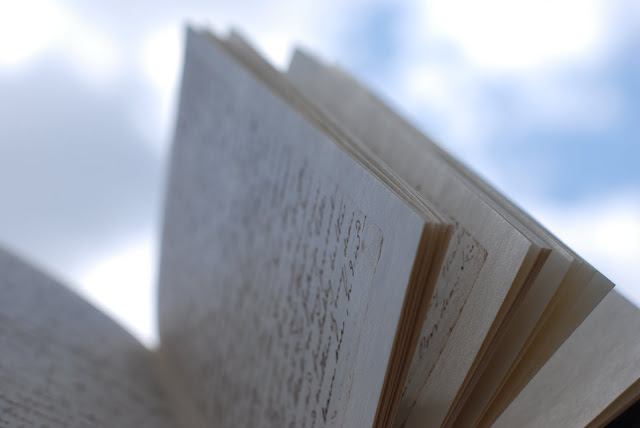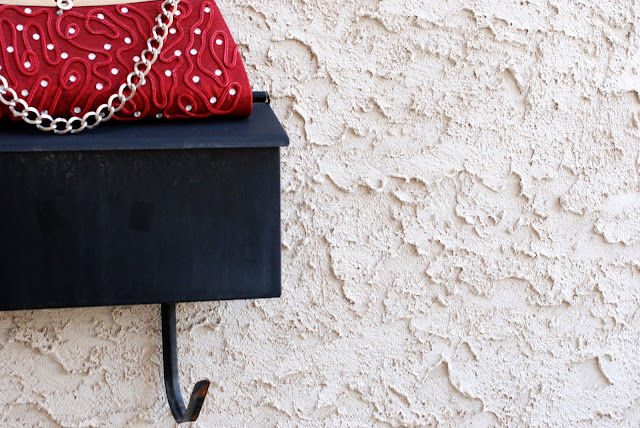Quite some time ago I indulged myself, and bought this copy of the facsimile of Jane Austen's Sanditon. (I don't think this site existed at the time). I love having it, and at one time was so obsessed with it, that I thought I might write a book, somehow, about this manuscript, about how I was pacing around it, dreaming around it. I wrote several poems that I've abandoned, one of which I robbed from and used in my as yet unpublished novel about a possible woman art forger, Hive: A Forgery. I was mainly obsessed with the phrase, "that Loveliness was complete." In the Austen manuscript (as you can see in the note above) the line appears on the first page, at the bottom, but belongs with the text on page 32. I find this phrase terribly moving maybe mainly because of its placement, the way that it can be found there, mentally returned to its proper place in Chapter 3. It's just a moment of logistics, getting things down, a running out of room. I love this fragment from an unfinished novel, and I loved working on my abandoned poems. It somehow made sense to me to add this phrase and bits of my abandoned poem into Hive, which also contains fragments, brushstrokes, from an earlier version. I'd written about 100 pages, when I realized the voice was wrong, the telling of it was off kilter. I deleted this version, but had printed off about 5 or 6 pages that I though had moments. Out of the 5 or 6 pages, maybe 2 or 3 end up in the final version.
I took the book outside today, in the sun, after reading Bachelard's The Poetics of Reverie. (Another book I often return to). He writes,
"Often the dream of flight is a dream without wings."
I held the book up to the sky, dreaming of flight, dreaming my next book.
This is how reading is, and even more so, writing - a sudden take off, the sensation of lifting off, leaving earth.
(I've posted the set of photos from this aft on my Flickr page, here).













